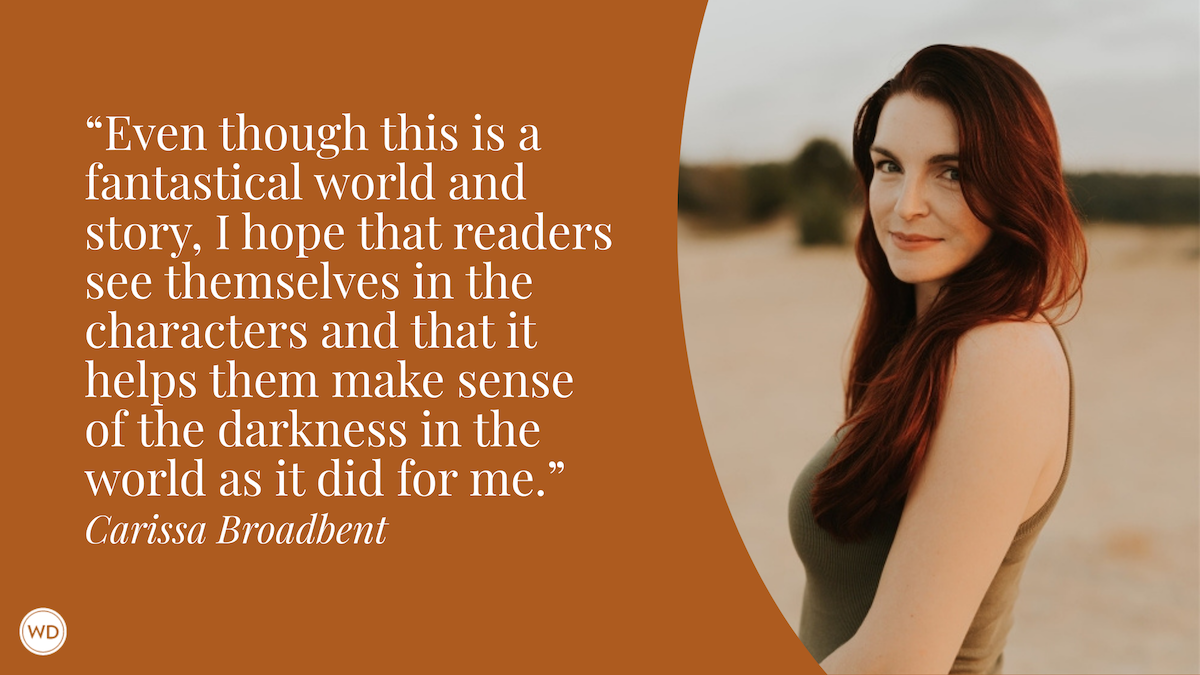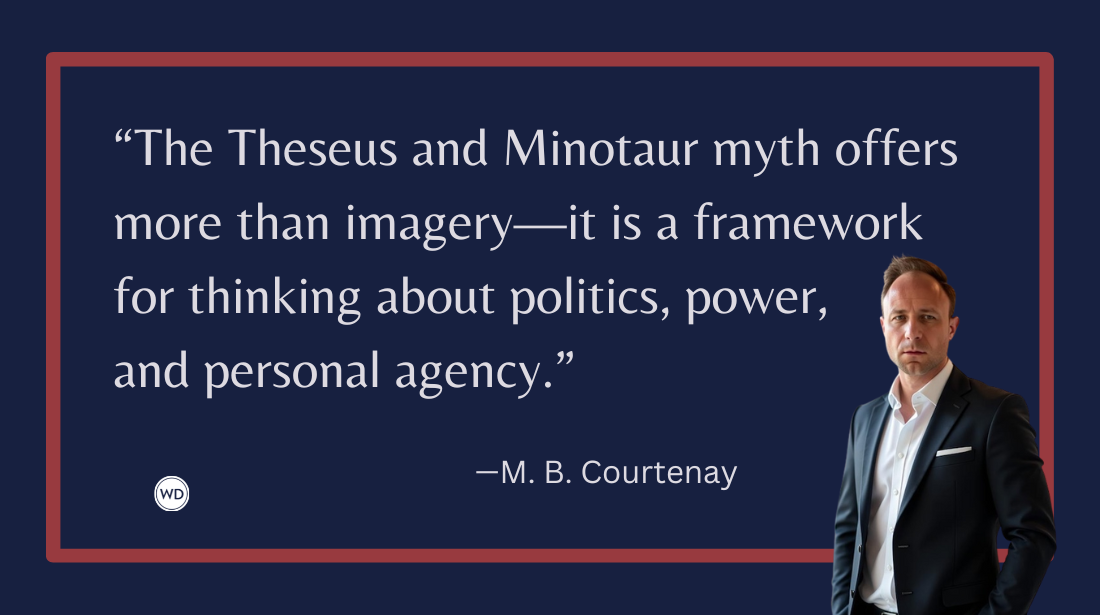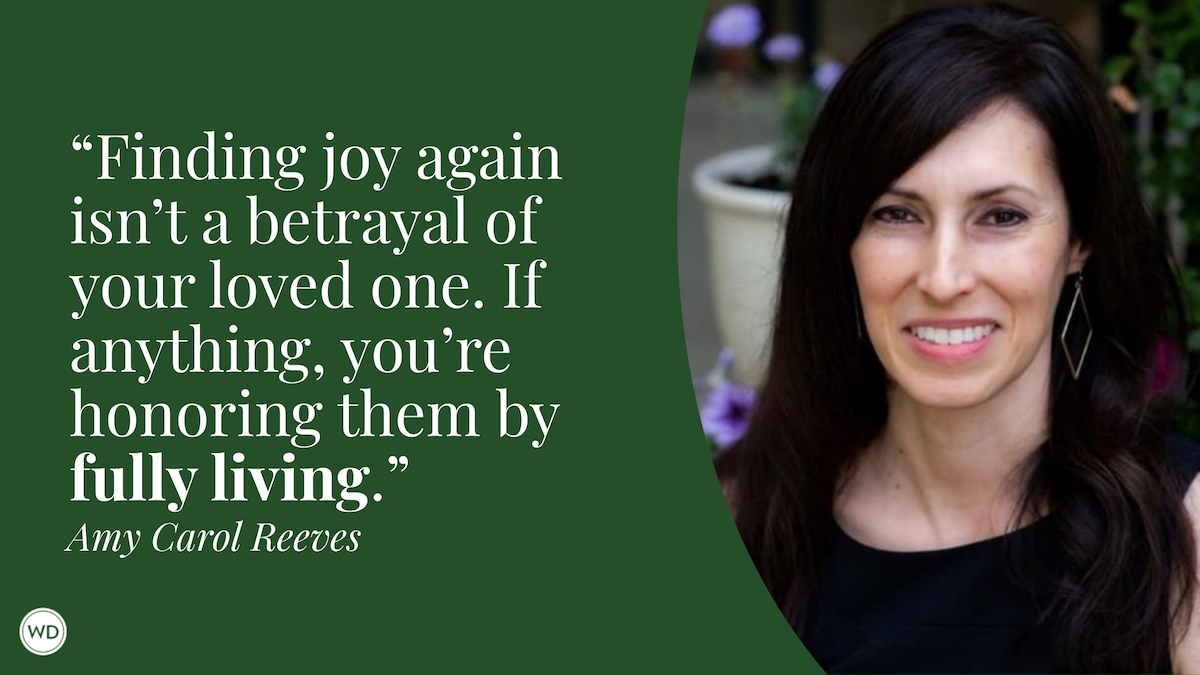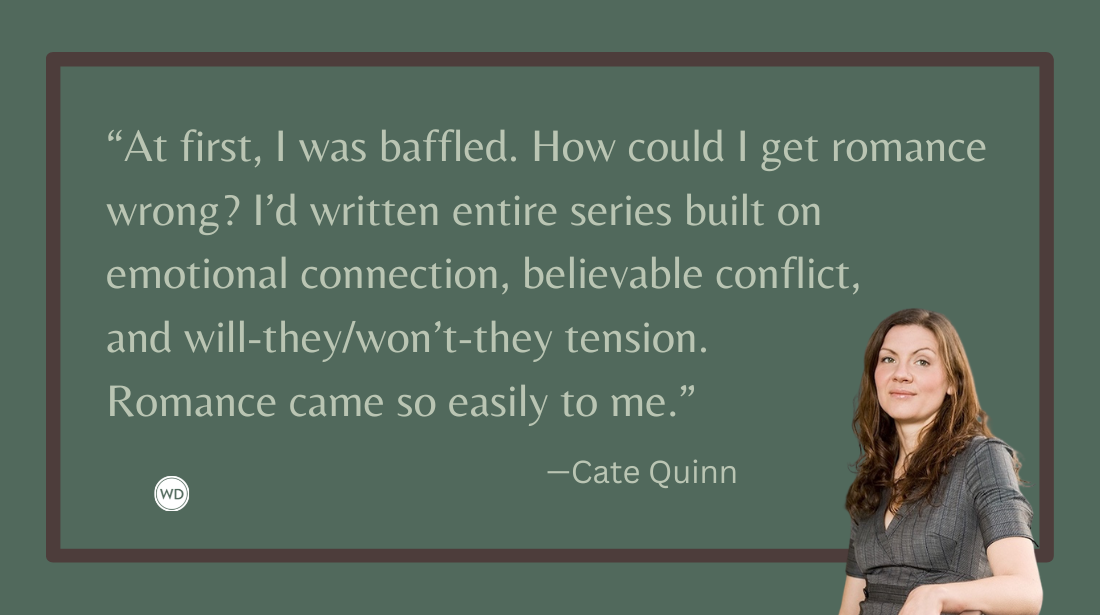Making the Familiar Unfamiliar (and Vice Versa) in Crime Fiction
Author Mailan Doquang shares a few ways that writers can make the familiar unfamiliar (and vice versa) in crime fiction and other works.
In his Postscript to The Name of the Rose (1983), Umberto Eco writes, “Books always speak of other books, and every story tells a story that has already been told.” Eco’s concern with originality in fiction places him in a long line of writers, from Homer and Ariosto to Rabelais and Cervantes. If every story has already been told, however, how can authors keep readers engaged, especially mystery and thriller writers, whose work hinges on the element of surprise?
Samuel Johnson touched on the issue of originality in his 1771 Lives of the Most Eminent English Poets, a compilation of short biographies and critical appraisals that, not coincidentally, strongly recalls Giorgio Vasari’s Lives of the Most Excellent Painters, Sculptors, and Architects of 1550 and 1568. Remarking on Alexander Pope’s parodic poem, The Rape of the Lock, Johnson writes, “In this work are exhibited, in a very high degree, the two most engaging powers of an author. New things are made familiar, and familiar things are made new.”
The rape in Pope’s poem refers to a man snipping a lock of hair off a young aristocratic woman’s head during a card game, sparking a feud between their families. On the one hand, Pope familiarized readers with a real-life event that roiled London’s high society, offering a glimpse at the foibles of the upper class. On the other hand, he turned the well-known genre of epic poetry on its head by transforming it into satire.
As a writer of heists, I am keenly aware of the characteristics and tropes of my genre and of the need to present them in a new light. In contrast to detective novels and police procedurals, heists focus on criminals rather than on those trying to stop them. A. J. Raffles, Arsène Lupin, and Simon Templar, three of the best-known fictional thieves, are not just smart, capable, and charming, but also maintain a strict personal code of ethics.
Rune Sarasin, the protagonist of my debut, Blood Rubies, and its sequel, Ceylon Sapphires, possesses all these traits. Like the fictional thieves of the past, Rune uses guile rather than force to get what she wants, steals for the thrill as much as for material gain, and only robs the wealthy or morally corrupt. The specifics of her cultural and racial identity, however, set her apart from her precursors. Rune is half American and half Thai (her mother is white and her father is Asian). Her mixed background not only makes her observant and adaptable, two useful traits for a thief, but also brings issues of selfhood, nationality, and belonging to the fore, reflecting contemporary concerns in our interconnected world.
Blood Rubies is a heist gone wrong entwined with a missing person story. I set the book in New York and Bangkok knowing that many readers would be familiar with the former but not necessarily with the latter. To orient readers, I included a motorcycle chase through downtown Bangkok early in the book, highlighting the city’s legendary traffic jams, vibrant street food scene, and inescapable humidity, as well as its famous landmarks. I shifted the scene to New York toward the end of the book, but rather than focusing on its best-known neighborhoods and monuments, I placed Rune off the beaten path to lend the familiar setting a newness it might otherwise have lacked. To paraphrase Johnson, I tried to make new things familiar and familiar things new.
I used a similar approach in Ceylon Sapphires, which sees Rune race across Europe in pursuit of precious sapphires that might buy her freedom from a dangerous crime lord. The book opens and closes in Paris, a city known to many through travel, film, literature, and art. Paris was my home during graduate school and I’ve returned repeatedly over the years. I love Notre-Dame, the Eiffel Tower, and the Arc de Triomphe, and as a historian of medieval art and architecture, few things bring me more pleasure than the city’s world-class museums, including the Louvre, where Ceylon Sapphires begins.
But for me, the magic of Paris lies outside the tourist center, in more modest areas like the Canal Saint-Martin and Montparnasse, and in less famous monuments like the Bibliothèque nationale de France, where I spent hours doing research as a graduate student. Focusing on Paris’s quieter side is a small change, but cumulatively, small changes can have a big impact. A fresh take on setting and character creates opportunities to surprise readers and reinvent stories, even those that are being retold.
Check out Mailan Doquang's Ceylon Sapphires here:
(WD uses affiliate links)
Mailan Doquang has published extensively on the art and architecture of medieval France. She is an avid traveler, photographer, and runner. She is a Canadian transplant and longtime resident of New York City. (Photo credit: Don Selby)









